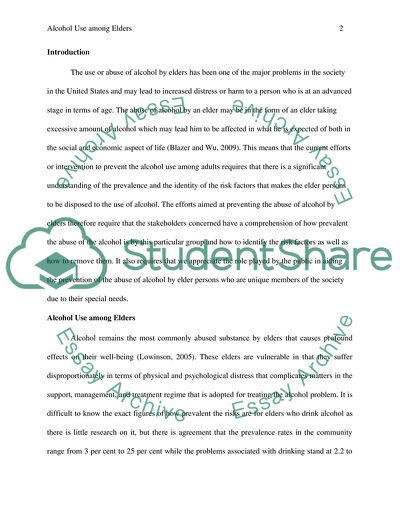Cite this document
(Alcohol Use Among Elders: Understanding of the Prevalence of the Risk Research Paper, n.d.)
Alcohol Use Among Elders: Understanding of the Prevalence of the Risk Research Paper. Retrieved from https://studentshare.org/social-science/1819090-alcohol-use-among-elders
Alcohol Use Among Elders: Understanding of the Prevalence of the Risk Research Paper. Retrieved from https://studentshare.org/social-science/1819090-alcohol-use-among-elders
(Alcohol Use Among Elders: Understanding of the Prevalence of the Risk Research Paper)
Alcohol Use Among Elders: Understanding of the Prevalence of the Risk Research Paper. https://studentshare.org/social-science/1819090-alcohol-use-among-elders.
Alcohol Use Among Elders: Understanding of the Prevalence of the Risk Research Paper. https://studentshare.org/social-science/1819090-alcohol-use-among-elders.
“Alcohol Use Among Elders: Understanding of the Prevalence of the Risk Research Paper”, n.d. https://studentshare.org/social-science/1819090-alcohol-use-among-elders.


